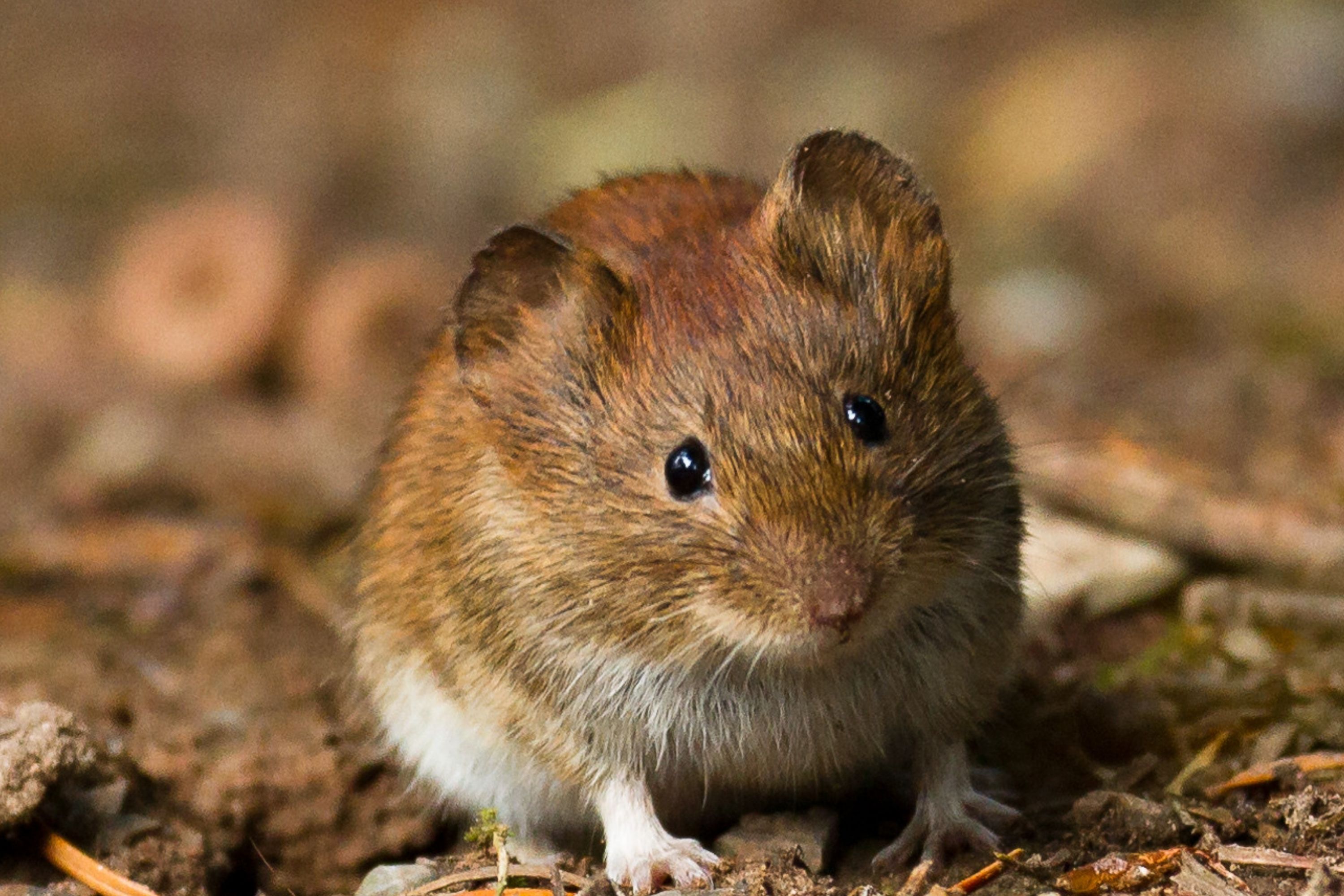Woodland jumping mouse
(Napaeozapus insignis)

Description
The woodland jumping mouse (Napaeozapus insignis) is a species of jumping mouse found in North America. It can jump up to 3 m (9.8 ft) using its extremely strong feet and long tail. Representatives of the family Dipodidae are found in the northern regions of the Old and New Worlds, and are characterized by very large infraorbital foramen, and, in one of the two North American genera, Zapus, by four upper cheek teeth. Incisors are compressed and deeply grooved. These animals are common and noted for very long tails and long hind legs adapted for leaping. They live in forests, meadows, and swamps and are profound hibernators. The woodland jumping mouse was originally classified as Zapus insignis in 1891, but differences detected in dental morphology, ear ossicles, and the baculum resulted in the creation of two new genera, Napaeozapus and Euzapus. N. insignis was in the family Dipodidae and some place it in the subfamily Zapodinae. The woodland jumping mouse occurs throughout northeastern North America. Populations are most dense in cool, moist boreal woodlands of spruce-fir and hemlock-hardwoods where streams flow from woods to meadows with bankside touch-me-nots (Impatiens) and in situations where meadow and forest intermix and water and thick ground cover are available. The woodland jumping mouse is a medium-sized rodent. The species is darker in the south. The mouse has adaptations to live in cold climate. The mouse has small, high-crowned skull. Three molariform teeth are present, premolars are absent, and grooved incisors are orange or yellow. Its molars are both rooted and have hypsodont. The tail is dark brown above and creamy white below with a white tip, and is sparsely haired, thin, tapered, and scaly. It is approximately 60% of total body length. Tail length is made possible by long vertebrae. Long bones make it possible for the mouse to leap and jump. Captive mice are tolerant of others and display little aggression. They are normally silent, but the young squeak and make suckling sounds shortly after birth, and adults make soft clucking sounds while sleeping and just before hibernation. Tactile communication probably exists between mates and between mothers and their young. Like other small rodents, odors and chemical signals are probably emitted or exchanged that identify individuals, that distinguish the sexes, and that indicate the receptiveness of an individual to sexual congress.
Taxonomic tree:







